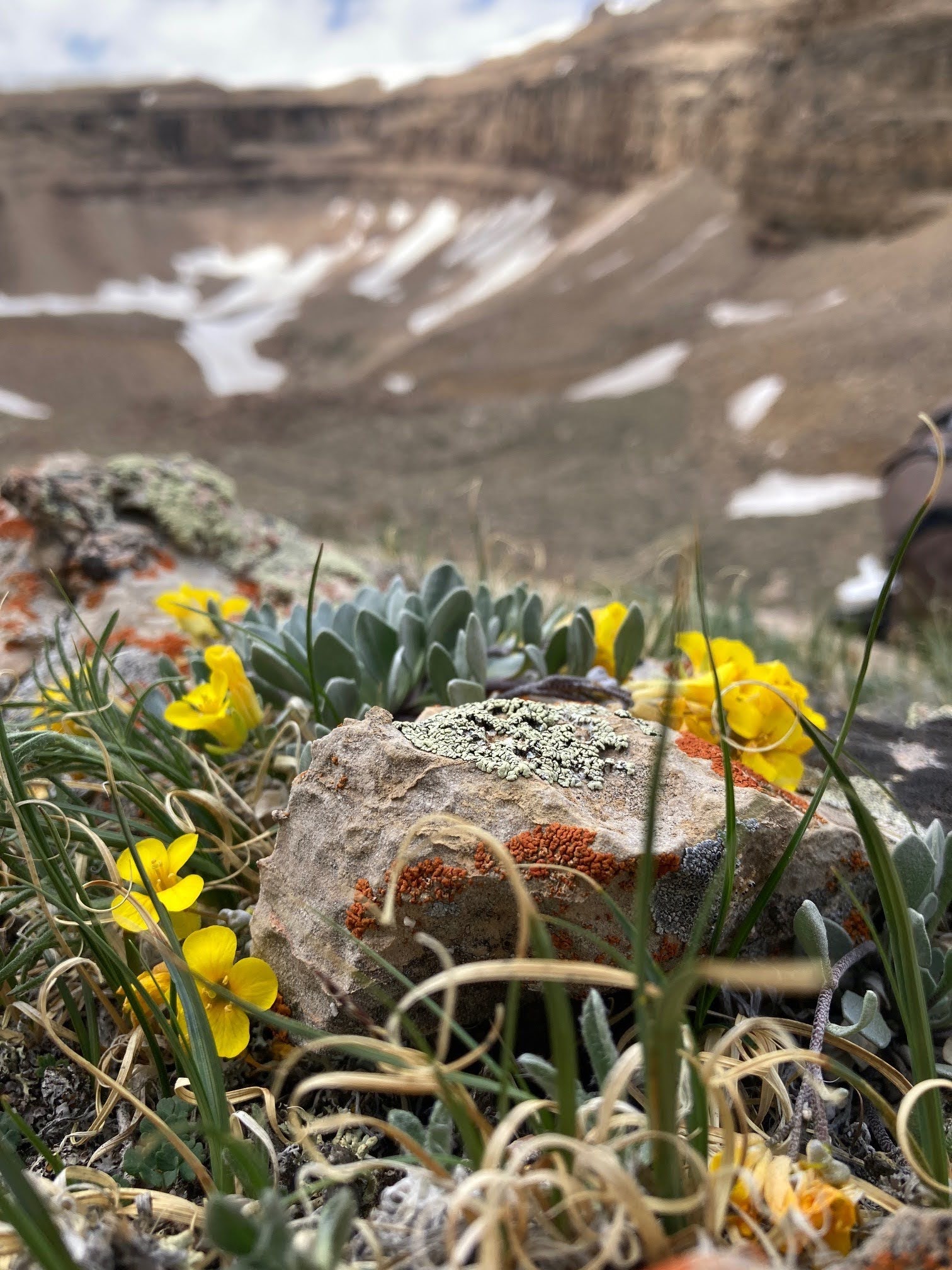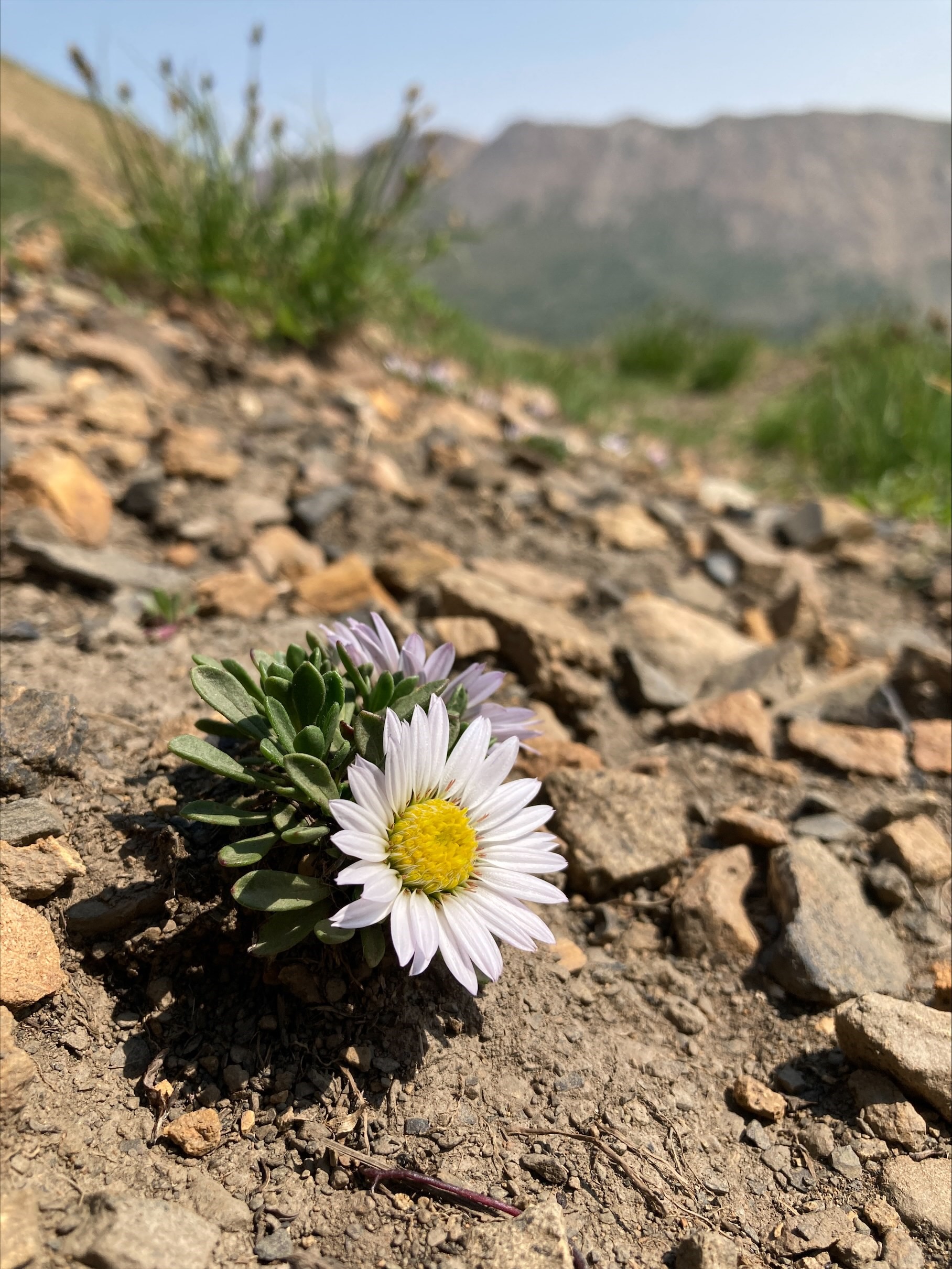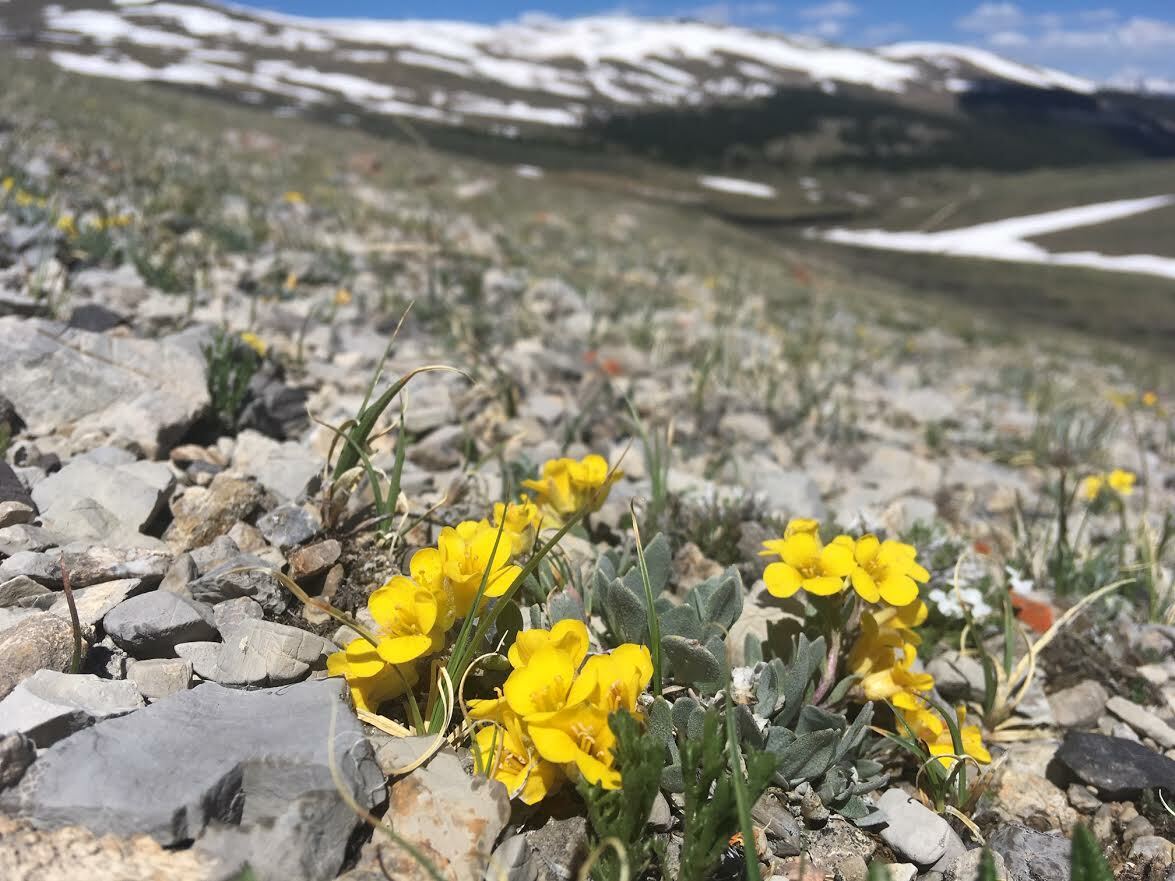Conservation & Climate Change: Preserving Colorado's Rare Alpine Plants
Climate change threatens plant biodiversity worldwide. Alpine species are particularly vulnerable, as temperature fluctuations are projected to be most severe in high elevation areas, which are warming faster than the global average. In the Rocky Mountains of Colorado, for example, snowmelt advanced 4.8 days on average per decade and November-May air temperatures increased by a median of 0.9°C per decade from 1978-2007.
Even small shifts in climate can have major consequences on phenology, plant-pollinator interactions, reproduction, fitness, and community composition. The limited space available for alpine plant species to migrate upward to track suitable climate, coupled with potential trait or phenological changes, may increase extinction risk. Understanding how climate change will impact alpine species—particularly those that are considered rare or threatened—is essential for effective conservation.
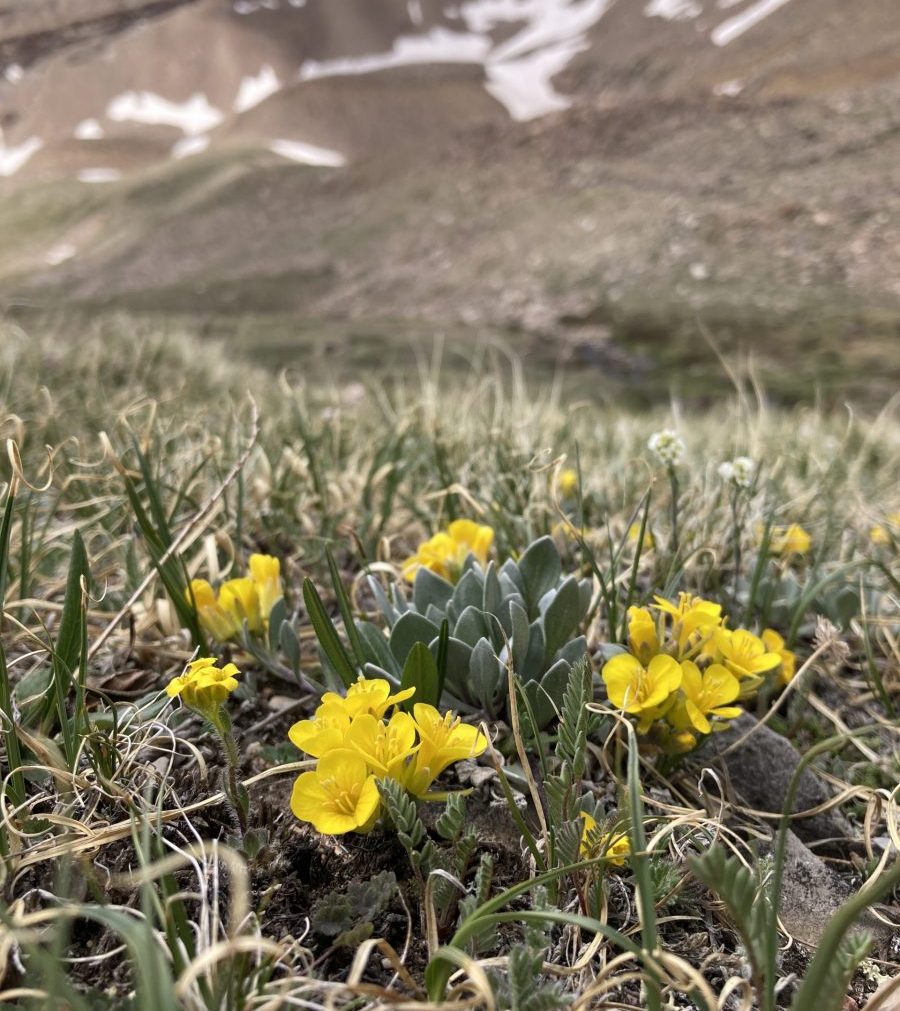
Early life stages (seed germination and seedling survival) are arguably the most important processes in not only the fitness of an individual plant, but also the dynamics and persistence of plant populations. These initial developmental stages—expected to be more vulnerable to changes in climate than adult life stages—may represent a major bottleneck to recruitment and population responses as climate change increases in severity. Identifying the impacts of warmer temperatures on early life stages of alpine plants will allow us to better prioritize conservation actions.
Alpine ecosystems are harsh and unpredictable environments that experience severe fluctuations in climate, both spatially and temporally. These conditions restrict the timing for germination and growth to occur and present challenging conditions for small seedlings. As the climate continues to change, these conditions may become more dramatic, changing the environmental cues the seeds receive. This may lead to the mistiming of germination initiation, resulting in seedling mortality.
I performed an experiment to understand how increased temperatures will affect the germination and seedling stage of two endemic rare Colorado alpine species—Avery Peak twinpod (Physaria alpina) and Rothrock’s Townsend-daisy (Townsendia rothrockii). Previous experiments showed that they germinate to high proportions after a period of cold stratification—mimicking the overwintering period after seed dispersal in natural conditions—followed by incubation at 20/10°C (12 h light/12 h dark).
These conditions are close to current conditions at the site and were used as the control. In test cases, temperatures were increased by 2°C (22/12°C) and 4°C (24/14°C) to simulate warming projections over the next century. Following a one-month germination period and growth of the first true leaves, the germinants were transplanted to soil flats and returned to the same conditions. Over the next two months, I collected data on the number of leaves and the length of the longest leaf for each individual seedling.
Overall, increased temperatures did not have a negative effect on germination proportion or seedling growth. In fact, germination was higher and seedlings grew larger for both species under the increased temperature treatments. These results aren’t too surprising, as alpine species typically need warm temperatures to germinate. By timing germination to coincide with late spring/early summer temperatures, plants can largely avoid being exposed to harmful weather events, such as a late frost or snow. Warmer temperatures may therefore be beneficial to early life stages of alpine plants.

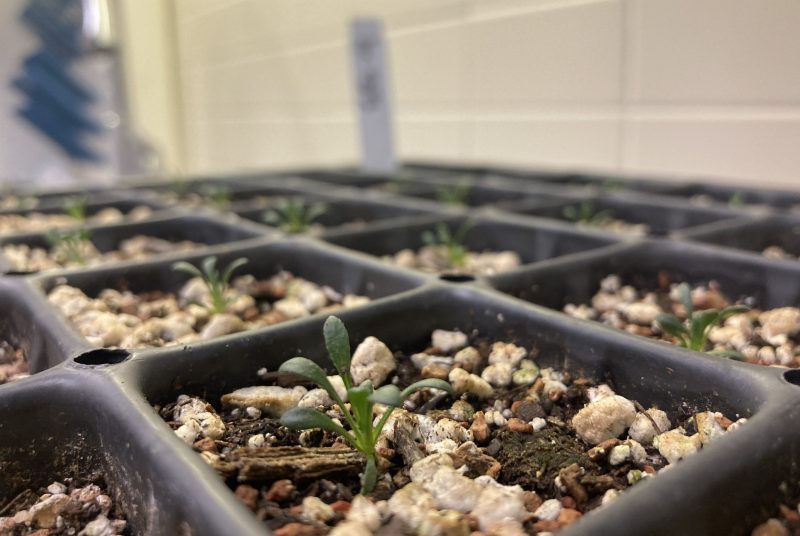
However, a threshold may exist beyond which warmer temperatures become detrimental to the plants. Further studies with higher temperatures will need to be performed to test this assumption. Additionally, warmer temperatures may benefit the early life stages of alpine plants but have negative effects on growth and reproduction at later life stages. Other climatic factors, including decreased snowpack and warmer winters, will likely have large effects on alpine species as well. But for now, we can offer a little hope that rare alpine species might be able to adapt to and survive warming temperatures.
